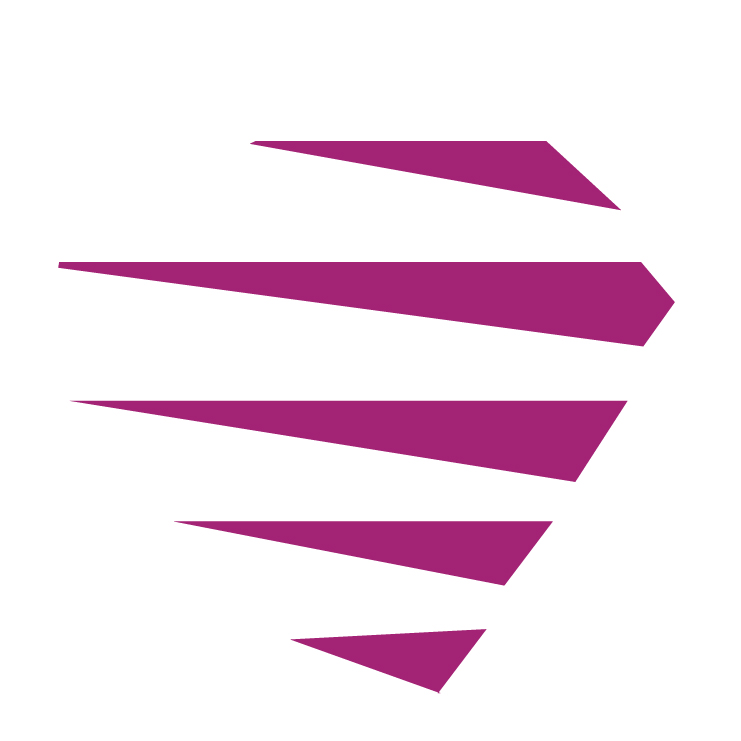There is increased use of open-source code, frameworks, and libraries in developing software stacks and platforms. It offers numerous advantages such as reusability leading to cost savings, easy availability, customizations, streamlining development leading to faster rollouts, no vendor lock-ins, and effortless integrations due to its platform agnostic features. Although it offers indispensable benefits and extensive accessibility, open-source is susceptible to security vulnerabilities and compliance challenges.
Many organizations have this challenge of leveraging the power of open-source without compromising on security and agility. The multiplicity of vulnerabilities can be minimized by ensuring total visibility and control on open-source usage, including dependencies, binaries, or components. The automated process of diligently analyzing source code to detect open-source code and verify licenses is called Software Composition Analysis. SCA is adopted to evaluate risks, scan specific portions of code and authenticate license compliance.
High-profile attacks on Kaseya and SolarWinds have made it imperative to adopt a defense-in-depth approach in fixing software vulnerabilities. SCA enables this approach through secure risk management of the software supply chain.
- Identify and track open source through open-source software and license management scanning tools to discover code, components, binaries, and other dependencies
- Establish and implement policies, ensure license compliance, and provide remediation guidance
- Proactively and continuously monitor vulnerabilities in existing and newer software versions
- Easily integrate code and license scan into build environments
- Quickly understand the code components in the application through Bill of Materials to detect security issues
- Reduces remediation costs and drives automated scans to fix issues early and meet regulatory obligations
- Sustain competitive advantage by ensuring faster time to market by scanning and mitigating risks and meeting customers' compliance requirements
- Leverage automation and establish the right processes to mitigate known and unknown risks
The way SCA works
SCA tools scan for open source to create an inventory of open-source components, including any dependencies in the application. This step ensures total visibility of every component and details of the license as to whether it is compatible with security policies in use. The tools can continuously monitor the libraries, check whether the code is calling the affected library, and suggest a remedy. It can also recognize the libraries that should be updated or patched. Some tools have superior features such as automation of policy enforcement and tracking of open sources and providing developers with alerts even before the pull request is made.
Few commonly used free SCA tools
OWASP Dependency-Check is a free, lightweight, easy-to-run, utility tool for software composition analysis to recognize project dependencies and detect publicly disclosed open source vulnerabilities. Dependency-Check supports seamless command line integration with tools, builds, and APIs to scan for vulnerabilities in open-source quite early in CI/CD process with no impact on development timelines. By using Jenkins plugin capabilities, it can ensure only code with no open-source vulnerability is available for production. Vulnerability scanning is done by comparing the code with the existing and known open source vulnerabilities existing in the databases such as National Vulnerability Database, cloud, and locally available vulnerability databases. By building a list of Common Platform Enumeration entries, the tool creates a structured naming scheme to check these names against a combination of groupid, artifactid, and version. It also has multiple reporting options to deal with vulnerability management and provide security teams with insights and relevant metrics.
The other tools which can be used for SCA is SonarLint and Synk.
Sonar lint can fix coding issues and is a free IDE extension. It highlights bugs and vulnerabilities on the fly as the developer writes the code and marks the issues in the code as soon as the file is opened. The summary of issues for selected code components and creation time is shown in a table. After detecting the issue, the tool shows the related documentation to enable the developer comprehend the problem and why it occurred and helps the developer resolve the issue. SonarLint also provides real-time push notifications on the status of code quality within the IDE environment.
Synk leverages can detect and fix vulnerabilities in open source code automatically. It can be seamlessly integrated into existing IDEs for continuous monitoring for vulnerabilities. The tool can secure the agile development cycle and provide actionable remediation steps to fix any issues in code. Powered by the latest security intelligence, Synk can ensure security at scale, ensuring governance and compliance without hampering the speed of development cycles.
Any security issue in open-source software can cause colossal damage. Log4j flaw is proof of that. The challenges must be understood, and development environments must be explicitly tracked for vulnerabilities. Strong security practices, well-defined processes and policies, total visibility of open source components, industry-standard tools, audits, compliance management, and automatic patch updates are some steps organizations must take to make open source applications secure.
To know more on how to secure your open source code, talk to our experts at contact@aujas.com





